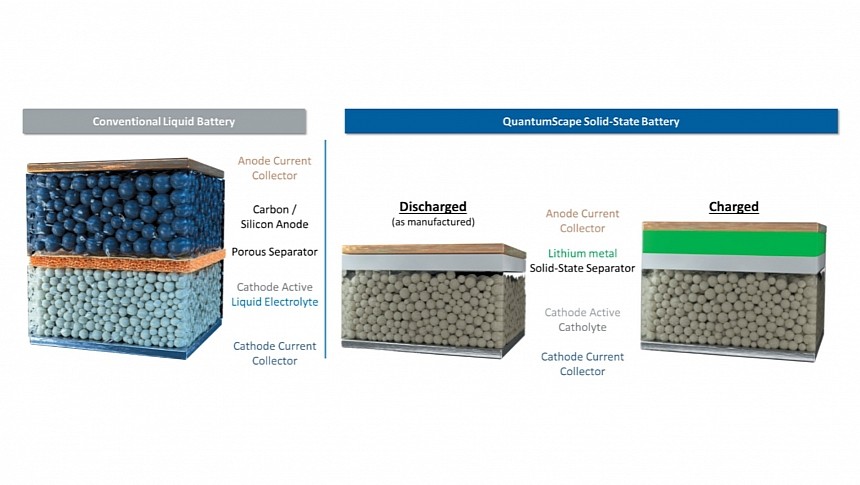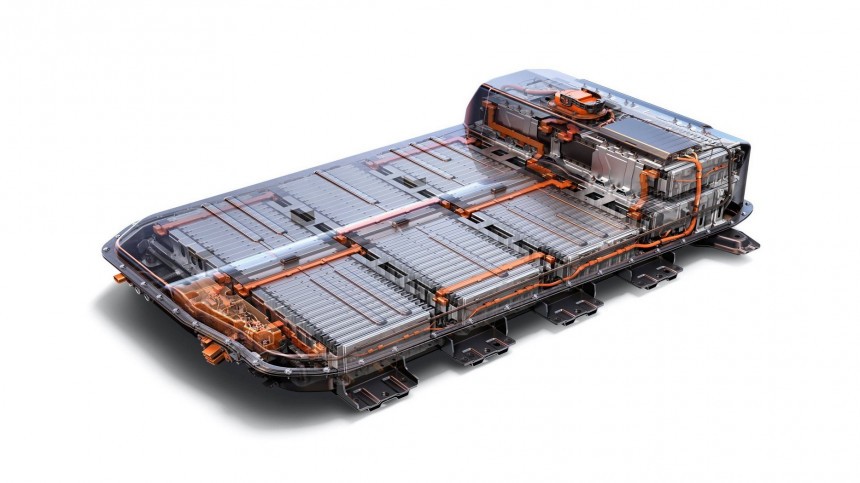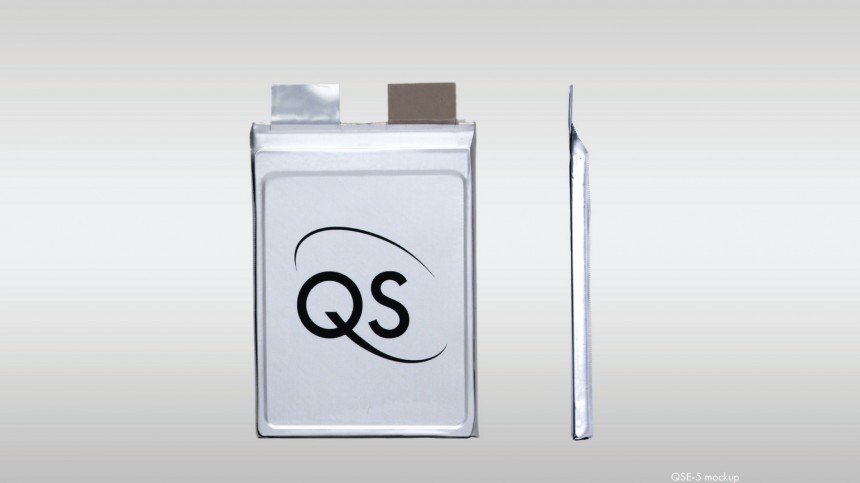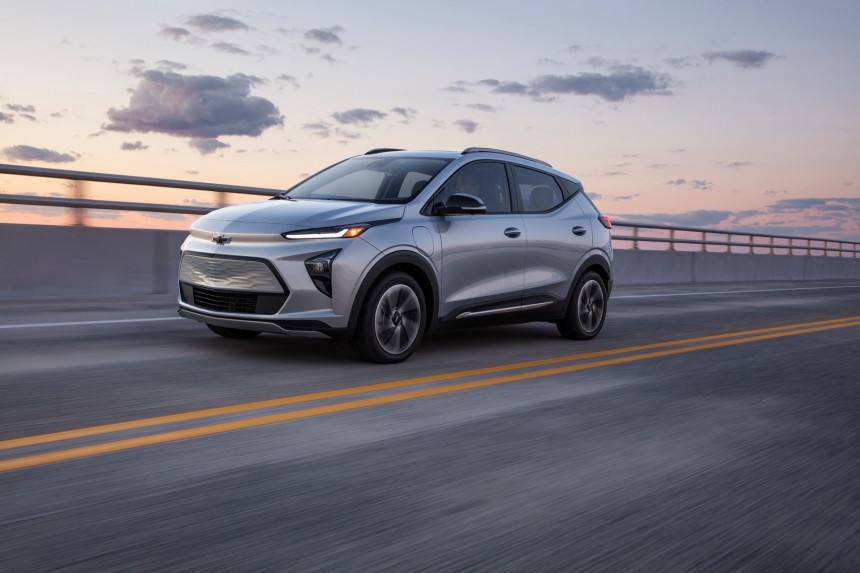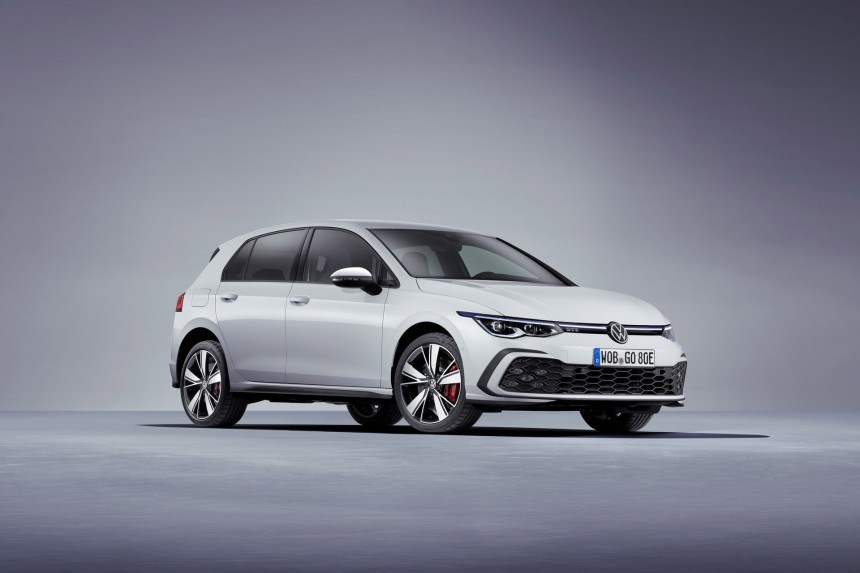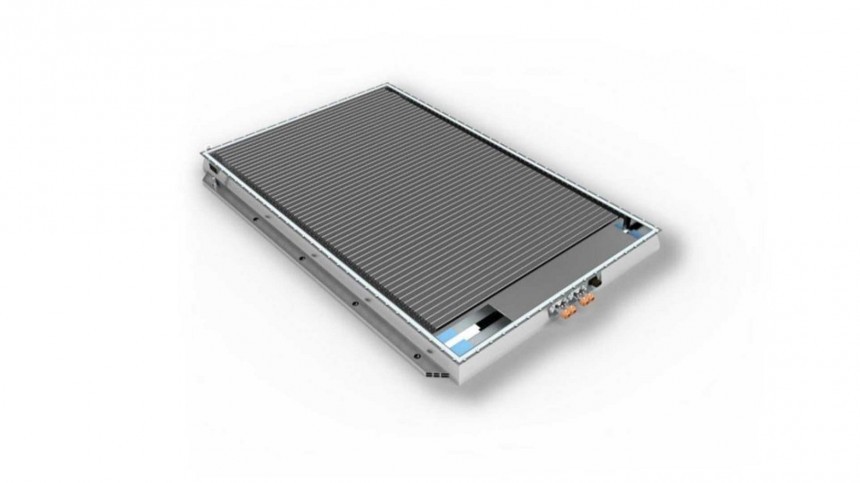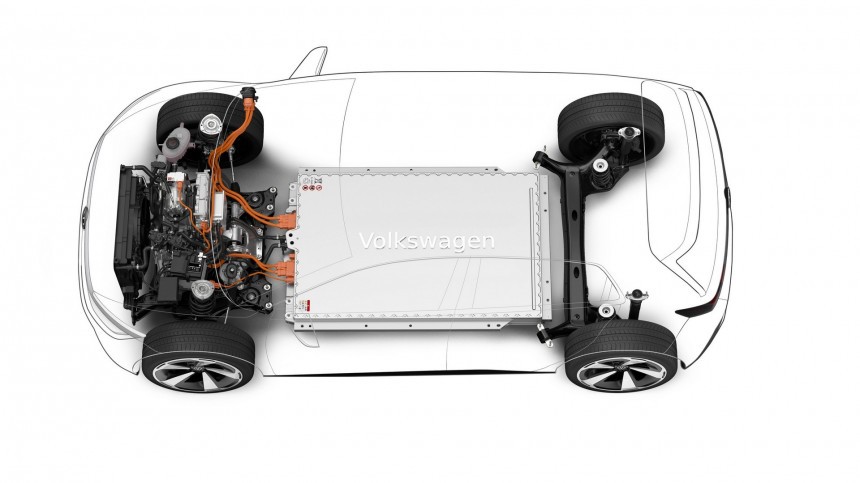I started writing about $25,000 (or €25,000) battery electric vehicles (BEVs) and noticed I had more to say than that first attempt would allow. At that point, it was essential to explain why electric cars eventually sold for that amount would be unsustainable for a series of reasons. However, I also wanted to invite my readers to think about what comes next.
People may take what I exposed as elitism. In other words, they may say the issues I pointed out with affordable BEVs are an attempt to prevent poor people from buying these vehicles. The truth is that several car buyers who do not earn that much have already discovered it is cheaper to drive an electric car if you consider only daily running costs. This is probably why BEV adoption in Portugal is so high. You do spend less on electricity than you do on gasoline or diesel, but only if you can recharge your car at home or public Level 2 chargers. However, fast charging will cost more and demand more time than if you have a car powered by an internal combustion engine (ICE). Ironically, Portugal offers an example of why my first article matters.
Paulo Ribeiro bought a new Nissan LEAF in 2017 for around €30,000 ($31,698 at the current exchange rate). It had a range of 210 kilometers (130 miles) with a full charge. In October 2019, after working with the BEV for two years as an Uber driver, Ribeiro saw the range drop to only 60 km (37 miles). That forced him to purchase a new battery pack. Nissan told him it would cost €30,000. His BEV was worth much less than that.
Healthy battery packs die for two main reasons: mileage or age. They have a limited number of full charges (cycles) they can have and a limited lifespan, regardless of charging sessions. In the best-case scenario, that is enough to cover the eight years of warranty and then some, but not many more. The BMS_u029 cases demonstrate several Model S units in need of a new component after 11 years tops, some of them with only 43,000 miles. That's proof that old cells will need to be replaced if you intend to keep your BEV for longer than what the warranty allows. But that's just part of the risk of having a vehicle with a massive battery pack.
A defective component will fail because of design or manufacturing flaws. Hitting debris may also cause thermal runaways (fires). In an affordable vehicle with a massive battery pack, that means the end of the road. It will never pay off to replace the component. Whenever an insurance company has to deal with such a case, it will write off the car. This is what has driven up insurance prices for BEVs. Tesla tried to solve that by creating its own insurance company, but it has not worked. Insurance costs for BEVs will be higher because crashes are more expensive to fix, and anything that affects the battery pack will kill the car. An affordable BEV with costly insurance options is not affordable at all.
There are only two feasible options for driving electric in $25,000 cars: new technology or capable extended-range electric vehicles (EREVs). Some people may call them plug-in hybrids, but that only applies to vehicles that have ICEs that also move them – which might be convenient to a certain point. We'll talk about that in a bit.
Check the example given by QuantumScape. It recently disclosed that its A0 cells had beaten its commercial targets. The battery startup wanted its cells to preserve 80% of their charging capacities after 800 cycles at 1C (a full charge in one hour). One of its clients made a less severe charging test and reached 1,000 cycles while keeping 95% capacity. If you imagine a battery pack that delivers 300 miles of range, that means the car will travel around 300,000 miles while retaining most of its charging capacity.
That addresses the durability concerns. If anyone manages to deliver a vehicle with solid-state cells for 25,000 euros or dollars, this vehicle should last way more than 300,000 miles. Warranty terms usually say that a battery pack will be replaced if its charging capacity drops below 70%. If the capacity losses were linear at 5% every 1,000 cycles, a 300-mile QuantumScape battery pack could theoretically deliver something around 1.5 million miles if aging does not affect it as much as current lithium-ion cells. We'll have to wait years to learn if that is the case with these new batteries.
Another fantastic advantage is that the solid-state cells weigh a lot less. QuantumScape said a 100-kWh battery pack with its cells could tip the scale at 200 kilograms (440.9 pounds). Saving that much weight could make a smaller vehicle offer a pretty decent range with much less energy. Cost matters will be the problem here. Until these cells reach a high production scale, they will be expensive. That leads us to the second solution for $25,000 electric cars and the only one that is possible right now: EREVs or PHEVs.
Americans drive an average of 40 miles (64.4 km) per day. If you think a battery pack should be enough for that, you're wrong: it should exceed that for people to feel comfortable driving 40 miles in electric mode only. The good thing is that the fuel tank and the ICE will ensure these owners that they will not be stranded anywhere. However, the idea for an ideal EREV or PHEV is that you can make most of your daily trips without burning fossil fuels.
With that in mind, these vehicles should also consider that battery packs deliver less range in cold weather. As people will keep driving when winter comes, they should offer at least 60 miles under freezing temperatures. Chinese automakers are the closest ones to offer something like that, but most of the vehicles that get that far are very expensive. In the West, Volkswagen is starting to sell PHEVs with 62 miles (100 km) of range, thanks to a 19.7 kWh battery pack. The issue is that this range is the best one under the WLTP cycle, meaning it will be lower than that. That probably has to do with the fact that the ICE still plays a significant role in these cars, as well as ternary cells.
PHEVs still promise to be performance versions. Until very recently, Volkswagen only sold plug-in hybrids as GTE derivatives. The only PHEV currently left for sale in Germany while we wait for the 100-km-range models is the Touareg, in the Elegance and R trims. The idea is that the electric motor will make these vehicles faster. My 225xe was the same way. If the focus were on energy efficiency, things would probably be different, with combustion engines working solely as generators.
EREVs are only powered by their electric motors. The BMW i3 was a good example. Its ICE was an inline two-cylinder unit with 647 cubic centimeters (39.5 cubic inches) and a very low fuel consumption that only kicked in when the charge level was low. The most recent example was the Mazda MX-30 R-EV, but it failed to hit the nail on the head. If automakers pursue new and more affordable engines with the sole goal of generating electricity, they could fit well a $25,000 car that is roomier than a BEV at such a price could ever be.
The only benefit of having a PHEV instead of an EREV would be if the vehicle still worked if the battery pack died for whatever reason. Anyone without the money to replace it could keep driving. However, that would turn it into a heavier ICE car, spending more fuel than it should. That said, an electric vehicle with a small range extender is the best shot, especially one that uses LFP instead of ternary cells.
Although they are heavier, LFP batteries last for longer and are cheaper than NMC or NCA. That fits like a glove with what people looking for an affordable electric car want. The 18.1-kWh battery pack on Toyota RAV4 Prime costs between $10,000 and $12,000. If it were made of LFP, it would be much cheaper and would not need to be replaced as early as the current battery pack.
What PHEV and EREV detractors argue the most against them is that people never recharge them, using them just as an excuse to keep burning fuel in areas restricted to zero-emission cars. An affordable BEV will force their owners to charge, even if they can't do that at home. That's where their idea backfires.
When I bought my 225xe, I lived in an apartment and had no way to charge my car there. What I used to do was to go to a shopping mall with charging stalls and charge it there at any opportunity I had. That helped me save a lot of money on fuel, even if that was not always possible. If I had bought a BEV at that time, I would probably have sold it in a matter of months, only to risk having one again if I could charge it at home. Several people are just selling and pledging never to buy a BEV again.
If the goal is to avoid carbon emissions at the lowest possible cost, hybrids are the best solution, as Gill Pratt defended at the World Economic Forum in Davos. Toyota's chief scientist proved a 100-kWh battery pack helps lower emissions by a wider margin if it is divided into several smaller units. However, if the goal is to really drive electric, PHEVs and EREVs offer that possibility where it counts the most: daily driving needs.
Their smaller battery packs will be cheaper to replace and will not hurt the vehicle's mass as those BEVs need. Another advantage of the smaller battery packs is that they are theoretically more protected in the vehicle's structures. For anything to damage them, the crash would have to be really nasty, condemning any car to be salvaged. That would keep insurance costs at reasonable levels. In other words, these cars would be much easier to insure than BEVs are proving to be.
As much as electric car advocates scream, focusing on smaller battery packs or waiting for new technology are the only ways out for sustainably affordable BEVs. Swappable battery packs could be an option, but only if we had a standard, such as the one Ample is trying to create. While that does not happen, we should focus on what is possible and feasible. If the goal is to lower carbon emissions, there are better forms to get there than putting a massive and expensive battery pack in everything that drives.
Paulo Ribeiro bought a new Nissan LEAF in 2017 for around €30,000 ($31,698 at the current exchange rate). It had a range of 210 kilometers (130 miles) with a full charge. In October 2019, after working with the BEV for two years as an Uber driver, Ribeiro saw the range drop to only 60 km (37 miles). That forced him to purchase a new battery pack. Nissan told him it would cost €30,000. His BEV was worth much less than that.
Healthy battery packs die for two main reasons: mileage or age. They have a limited number of full charges (cycles) they can have and a limited lifespan, regardless of charging sessions. In the best-case scenario, that is enough to cover the eight years of warranty and then some, but not many more. The BMS_u029 cases demonstrate several Model S units in need of a new component after 11 years tops, some of them with only 43,000 miles. That's proof that old cells will need to be replaced if you intend to keep your BEV for longer than what the warranty allows. But that's just part of the risk of having a vehicle with a massive battery pack.
There are only two feasible options for driving electric in $25,000 cars: new technology or capable extended-range electric vehicles (EREVs). Some people may call them plug-in hybrids, but that only applies to vehicles that have ICEs that also move them – which might be convenient to a certain point. We'll talk about that in a bit.
New battery technology
Solid-state batteries are the main promise for BEVs. Several companies are working on them, and Toyota and other Japanese companies already said they will only invest heavily in this sort of vehicle when they are sure the battery packs are adequate to power vehicles. That should only happen with these new cells.That addresses the durability concerns. If anyone manages to deliver a vehicle with solid-state cells for 25,000 euros or dollars, this vehicle should last way more than 300,000 miles. Warranty terms usually say that a battery pack will be replaced if its charging capacity drops below 70%. If the capacity losses were linear at 5% every 1,000 cycles, a 300-mile QuantumScape battery pack could theoretically deliver something around 1.5 million miles if aging does not affect it as much as current lithium-ion cells. We'll have to wait years to learn if that is the case with these new batteries.
Another fantastic advantage is that the solid-state cells weigh a lot less. QuantumScape said a 100-kWh battery pack with its cells could tip the scale at 200 kilograms (440.9 pounds). Saving that much weight could make a smaller vehicle offer a pretty decent range with much less energy. Cost matters will be the problem here. Until these cells reach a high production scale, they will be expensive. That leads us to the second solution for $25,000 electric cars and the only one that is possible right now: EREVs or PHEVs.
Smaller battery packs for everyday electric driving
An affordable electric car has to be cheap to build. If its main component cost is directly related to its size, there is only one way to make this car more approachable: reducing this crucial element. An EREV or a PHEV presents a smaller battery pack because its goal is to cover only short distances. Ideally, it should be enough for what most people drive every day.With that in mind, these vehicles should also consider that battery packs deliver less range in cold weather. As people will keep driving when winter comes, they should offer at least 60 miles under freezing temperatures. Chinese automakers are the closest ones to offer something like that, but most of the vehicles that get that far are very expensive. In the West, Volkswagen is starting to sell PHEVs with 62 miles (100 km) of range, thanks to a 19.7 kWh battery pack. The issue is that this range is the best one under the WLTP cycle, meaning it will be lower than that. That probably has to do with the fact that the ICE still plays a significant role in these cars, as well as ternary cells.
PHEVs still promise to be performance versions. Until very recently, Volkswagen only sold plug-in hybrids as GTE derivatives. The only PHEV currently left for sale in Germany while we wait for the 100-km-range models is the Touareg, in the Elegance and R trims. The idea is that the electric motor will make these vehicles faster. My 225xe was the same way. If the focus were on energy efficiency, things would probably be different, with combustion engines working solely as generators.
The only benefit of having a PHEV instead of an EREV would be if the vehicle still worked if the battery pack died for whatever reason. Anyone without the money to replace it could keep driving. However, that would turn it into a heavier ICE car, spending more fuel than it should. That said, an electric vehicle with a small range extender is the best shot, especially one that uses LFP instead of ternary cells.
Although they are heavier, LFP batteries last for longer and are cheaper than NMC or NCA. That fits like a glove with what people looking for an affordable electric car want. The 18.1-kWh battery pack on Toyota RAV4 Prime costs between $10,000 and $12,000. If it were made of LFP, it would be much cheaper and would not need to be replaced as early as the current battery pack.
When I bought my 225xe, I lived in an apartment and had no way to charge my car there. What I used to do was to go to a shopping mall with charging stalls and charge it there at any opportunity I had. That helped me save a lot of money on fuel, even if that was not always possible. If I had bought a BEV at that time, I would probably have sold it in a matter of months, only to risk having one again if I could charge it at home. Several people are just selling and pledging never to buy a BEV again.
If the goal is to avoid carbon emissions at the lowest possible cost, hybrids are the best solution, as Gill Pratt defended at the World Economic Forum in Davos. Toyota's chief scientist proved a 100-kWh battery pack helps lower emissions by a wider margin if it is divided into several smaller units. However, if the goal is to really drive electric, PHEVs and EREVs offer that possibility where it counts the most: daily driving needs.
As much as electric car advocates scream, focusing on smaller battery packs or waiting for new technology are the only ways out for sustainably affordable BEVs. Swappable battery packs could be an option, but only if we had a standard, such as the one Ample is trying to create. While that does not happen, we should focus on what is possible and feasible. If the goal is to lower carbon emissions, there are better forms to get there than putting a massive and expensive battery pack in everything that drives.
